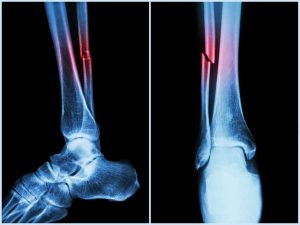Peak fat utilization rate was measured during a bicycle test. The highest rates were achieved by women with the highest fitness and physical activity levels. Again, postmenopausal women did not differ from women who had not reached menopause or used HRT…reports Asian Lite News
Women’s ability to utilise fat as a fuel source is thought to be impaired by the oestrogen deficit that occurs after menopause. The rate at which middle-aged women are able to use fat at rest or during activity is not clearly determined by menopausal state or blood oestrogen levels, according to a study done at the Faculty of Sport and Health Sciences of the University of Jyvaskyla. Better glucose tolerance was not associated with higher fat consumption.
Estrogen is viewed as a hormone promoting fat burning. After menopause, estrogen levels drop. The resulting estrogen deficiency is thought to reduce women’s ability to use fat as an energy source, leading potentially to weight gain and metabolic health impairment. Estrogen levels can be restored with hormone replacement therapy (HRT). A study performed at the University of Jyvaskyla found that the influence of menopause on fat utilization is likely minor compared with nutritional status or fitness levels.

When the rate of fat utilization was measured at rest after overnight fasting, its primary determinant was energy balance. Women whose energy intake was lower compared with their energy expenditure used fat at a higher rate. Higher fat utilization was also characterized by higher blood fatty acid and ketone levels. However, fat utilization of postmenopausal women did not differ from women who had not yet reached menopause or were using HRT.
“This was an expected result. Women burn fat also after menopause if their energy intake is less than their expenditure,” said Doctoral Researcher Jari Karppinen.
Peak fat utilization rate was measured during a bicycle test. The highest rates were achieved by women with the highest fitness and physical activity levels. Again, postmenopausal women did not differ from women who had not reached menopause or used HRT.
“If you want to improve the ability to burn fat during exercise, focus on improving your fitness with endurance training,” Karppinen continues. “In this case, you do not need to worry about menopause that much. Previous research has shown that the ability to burn fat while exercising improves with training even after menopause.”
The study also looked at whether higher fat utilization indicated better glucose tolerance. The results were somewhat surprising. In women who used fat at a higher rate while resting, blood glucose and insulin levels rose more during a subsequent glucose tolerance test. Higher peak fat utilization during exercise did not indicate better glucose tolerance.
“This finding can be explained by basic physiology,” Karppinen says. “When you use more fat at rest as an energy source, eating carbohydrates may raise your blood glucose levels more. The body is momentarily tuned to use more fat.”

The ketogenic diet is the current trend diet. Its effectiveness in weight loss is marketed with the claim that when a person follows the diet, the body begins to burn more fat from bodily sources.
“This is a common misunderstanding,” Karppinen emphasizes. “A high-fat diet indeed raises the total amount of fat used in energy production. However, this is due to increased fat intake and does not mean that you suddenly begin to shed more body fat. When energy intake is less than energy expenditure, the weight drops similarly regardless of diet macronutrient distribution.” (ANI)
ALSO READ-Loneliness related to unhealthy diet?






